Herceg Novi is a small attractive town between Mount Orjen, the highest peak in the Adriatic Dinarides stretching from Slovenia to Albania, and the Bay of Kotor. Its proximity to the bay, considered the southernmost fjord in Europe and the deepest in the Mediterranean, makes it a popular destination. The town is situated directly across from the only sea entrance to the bay, making it a convenient base for exploring the area. With its proximity to both the mountains and the sea, Herceg Novi offers a variety of activities for visitors to enjoy, such as hiking, boat trips and swimming. Additionally, the town serves as the administrative, economic and cultural hub of the municipality of Herceg Novi, which borders Croatia and Bosnia and Herzegovina.
Short history of Herceg Novi
Founded in 1382, Herceg Novi was established as a commercial hub for salt and silk trade. Following its founding by Tvrtko I, the town came under the control of various empires, including the Ottoman Empire for 200 years, the Venetian Republic for over 100 years and the Austrian-Hungarian Empire until 1918. The town later became a part of the Yugoslav Republic of Montenegro before being incorporated into the newly established Montenegro in 2006. Each ruling power has left its mark on the town, shaping its infrastructure, culture, language and other aspects of life that have contributed to the unique character of Herceg Novi today.
I'm glad that the Tourism organisation of Herceg Novi invited me to visit this beautiful part of Montenegro. During my visit, I explored the old town and climbed many stairs in the morning, followed by an afternoon of sailing. What does Herceg Novi have to offer its visitors?
Fortresses and fortifications
Herceg Novi is known for its fortresses and towers, which were strategically built for defensive purposes. These include the 16th-century Spanjola, the 15th-century Forte Mare and the 16th-century Kanli Kula, with the latter featuring a picturesque summer stage overlooking the Adriatic Sea.
Kanli Kula Fortress
Built in 1539 by the Turks, Kanli Kula is a historic fortress located at the northernmost point of the old town. The fortress, known as the Bloody Tower, served as a prison during Turkish rule from 1482 to 1687. It stands 85 metres above sea level and is integral to the town's fortification system. The fortress has an irregular shape with well-preserved outer walls and corner towers, measuring approximately 70x60 metres. In 1960, the fortress underwent a renovation and was converted into a summer stage with a capacity of 1,000 seats. Today, it is considered one of the most beautiful open stages on the Adriatic coast. Further reconstruction took place in 1979 after a destructive earthquake damaged the interior. Nowadays, Kanli Kula hosts various events such as the Herceg Novi Film Festival, Sunny Rocks, Guitar Art Fest, Music Days, concerts, folklore performances and more.
Forte Mare Fortress
The historic fortress Forte Mare is a prominent fortification site in the town, with a preserved section of the defensive wall on the southeast side. The fortress got to its current size, shape and dimensions during Turkish rule, along with the cannons and defensive structures. The Venetians named the fortress Forte Mare in the 18th century, while the Austrians are credited with additional constructions and the present appearance.
Spanjola Fortress
Spanjola Fortress in Herceg Novi, also known as the Spanish Fortress, is a notable architectural monument located northeast of the old town at the top of a mountain. It provides a stunning panoramic view of the town and bay, although I did not have the chance to visit it this time.
Clock Tower
The Clock Tower, also known as the Sahat Tower or Tora, is located at the western gate of the old town and serves as a symbol of the city and a cultural monument. The tower was built in 1850 in a pseudo-Roman style and features a clock. 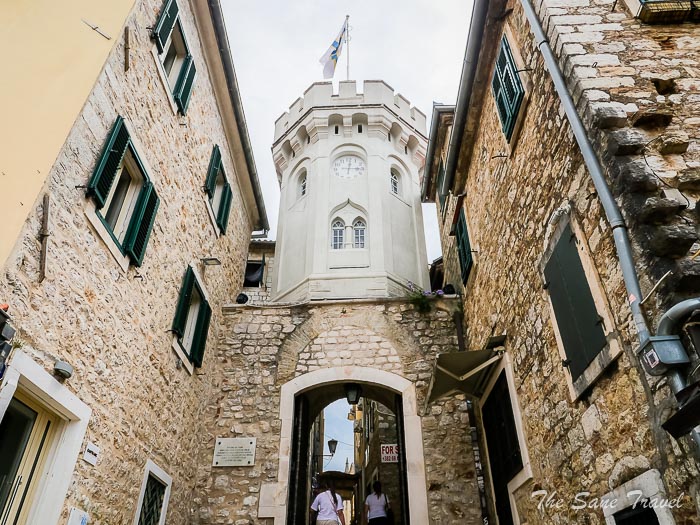
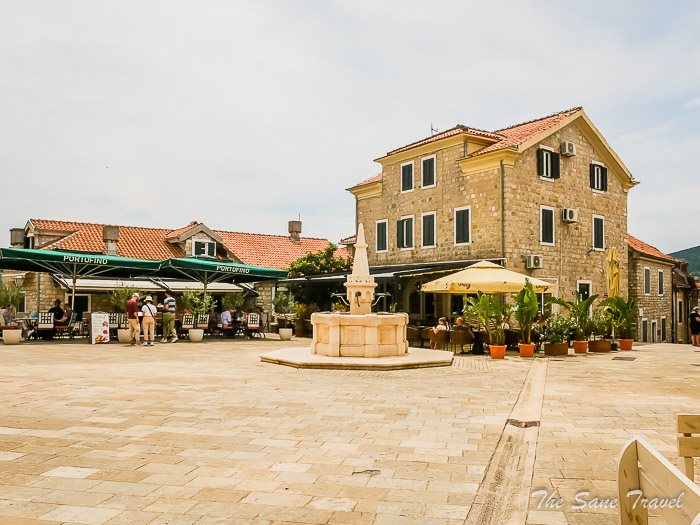
Churches in Herceg Novi
Herceg Novi has a diverse spiritual history, with 89 sacred sites representing various religions, making it a multi-confessional town. It might be a popular destination for pilgrims and tourists interested in religious landmarks. Some popular sites include Savina Monastery, St. Archangel Michael Church and St. Spasa Church (Saviour).
St. Jerome’s Church
The construction of this Catholic church took place during the mid-1800s. St. Jerome is revered as the town's protector and is highly regarded by both the Catholic and Orthodox churches. The interior of the church is adorned with baroque paintings created by the renowned artist Tripo Kokol. It serves as an active place of worship with regular services and is accessible to the public.
Address: Trg Mića Pavlovića
St. Leopold Mandic Church
St. Leopold Mandic Church, located in the old town near St. Jerome's Church, was constructed in 1688 by order of Jerome Corner following the Venetian occupation of the city. Originally dedicated to the Holy Mother of God, it is now known as St. Leopold Mandic Church. St. Leopold Mandic, born in Herceg Novi, joined the Capuchin seminary in 1882 and later became a priest. Canonised in 1983 by Pope John Paul II, he spent his life in Padua, Italy, serving as a priest for 52 years, despite leaving no literary or theological works.
Address: Marka Cara
Other town attractions
The town's cultural heritage is preserved in various sites such as a public library, JUK Herceg Fest, Josip Bepo Benkovic Gallery, the house of Nobel laureate Ivo Andric, the museum of Miroslav Stumberger, etc. Another notable historic site in Herceg Novi is Villa Galeb, built for former Yugoslav president Tito.
Events in Herceg Novi
Unlike many Mediterranean cities that are only active during the summer, Herceg Novi remains lively all year round with a variety of festivals and cultural events. Known as the town of festivals, it hosts the Mimosa Festival, which has received the Golden Heart award for being the best tourist event. This festival has been held for over 50 years on the first Saturday in February. Another important cultural event is the Montenegro Film Festival in early August. Additionally, the town hosts events such as Book Square at Belavista, Days of Classical Music featuring artists from around the world and the prestigious Winter Art Salon at the renowned Josip Bepo Benkovic Gallery.
Cruise on Bolina yacht from Herceg Novi Harbour
One of the most enjoyable activities to experience in Montenegro is embarking on a private yacht charter in Herceg Novi and exploring the area. During my tour, I had the opportunity to sail on the Sailboat Elan 333 · Bolin, which is a great option for those looking for a stylish and comfortable sailing experience. This sailboat can accommodate up to four guests and we were hosted by sailing enthusiasts Natasha and Ilija, who enjoy sharing their passion with like-minded people.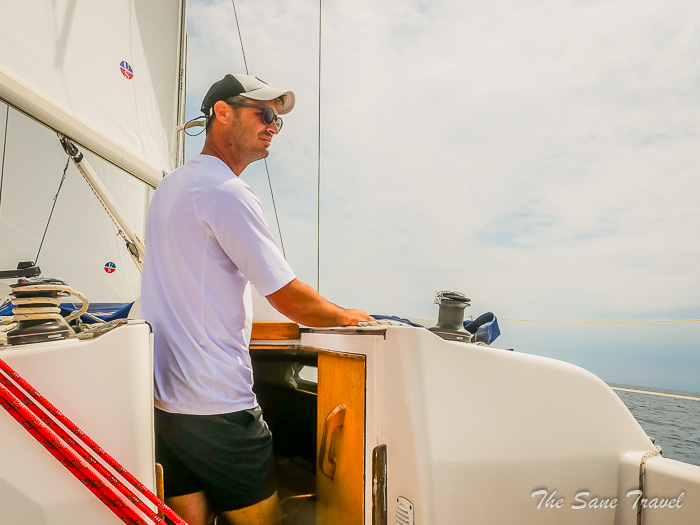
Lastavica Islet
The small island of Lastavica, located at the entrance to the Bay of Kotor, is home to Mamula Fortress. Constructed by Austro-Hungarian general Lazar Mamula in the 19th century, the fortress occupies 80% of the islet. Because of the fortress, the islet is commonly referred to as Mamula Island. Originally used as a prison, the fortress was eventually abandoned and required restoration due to its historical significance. Swiss investor Samih Sawiris' hotel project has transformed the site into a luxury hotel offering various accommodations with stunning views of the Adriatic Sea, providing guests with a peaceful retreat. While the islet was once accessible to tourists, it is now a restricted area and can only be viewed from the sea.
Vavedenje Islet
Measuring just 700 square metres, this small island, also known as Mali Zanjic or Mala Gospa, is located near the Lastavica Islet. Vavedenje Islet is home to the Monastery of the Blessed Virgin Mary, which showcases a beautiful blend of architecture and nature.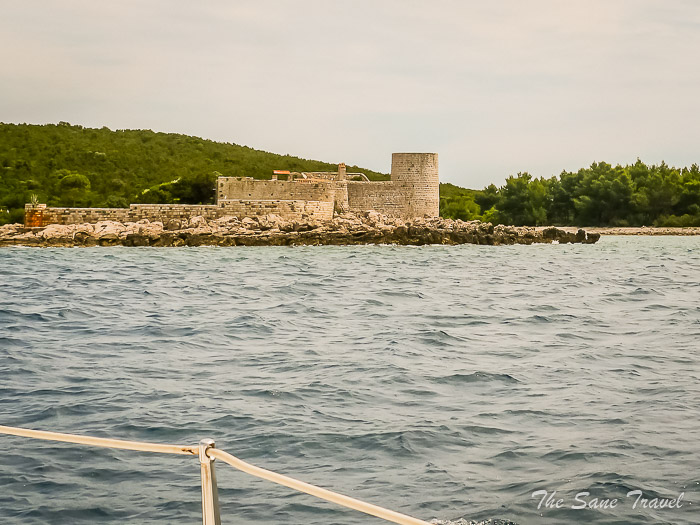
Where to stay in the Herceg Novi area
There are 44 hotels and over 30,000 beds available in private accommodations in Herceg Novi region, and a few camping sites. During my visit, I stayed at Hotel Talia, situated in the picturesque central area of Igalo, just 50 metres from the sea and beach that leads to the historic town of Herceg Novi and its famous promenade. Hotel Talia has two interconnected complexes: facility A with a 4-star rating and facility B with a 3-star rating. All rooms are air-conditioned and equipped with a TV and refrigerator, with some rooms also featuring a terrace with sea views. 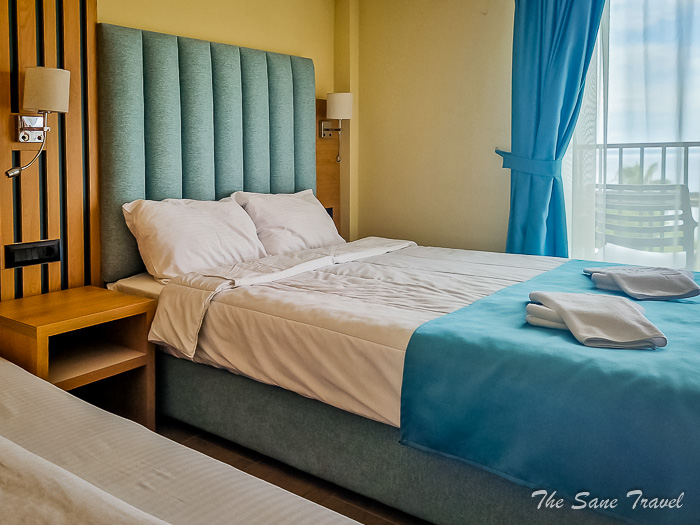
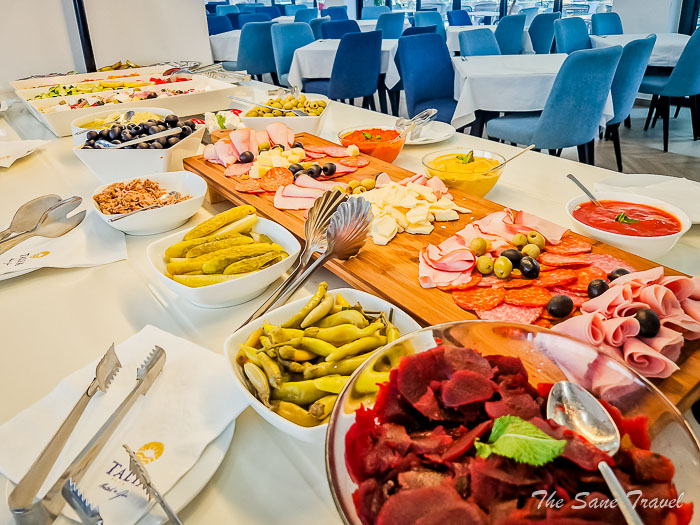
How to get to Herceg Novi from Tivat Airport
Regrettably, Tivat Airport does not have any public transportation options available. 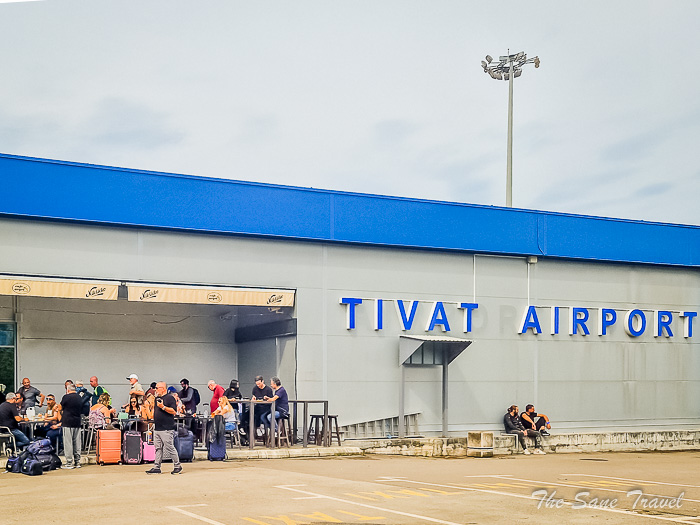
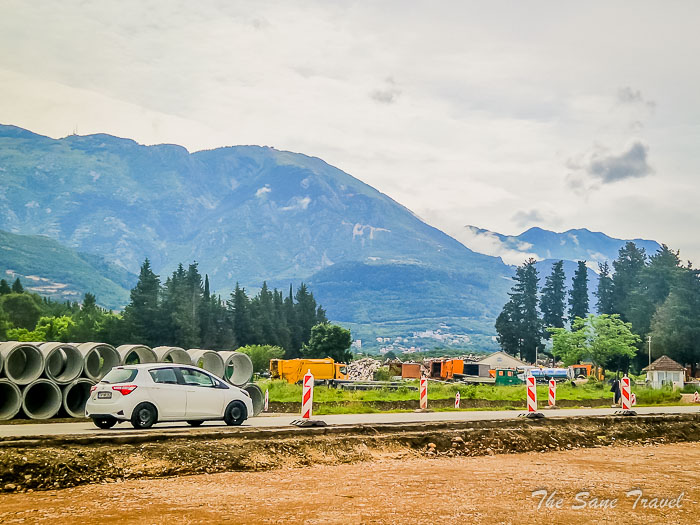
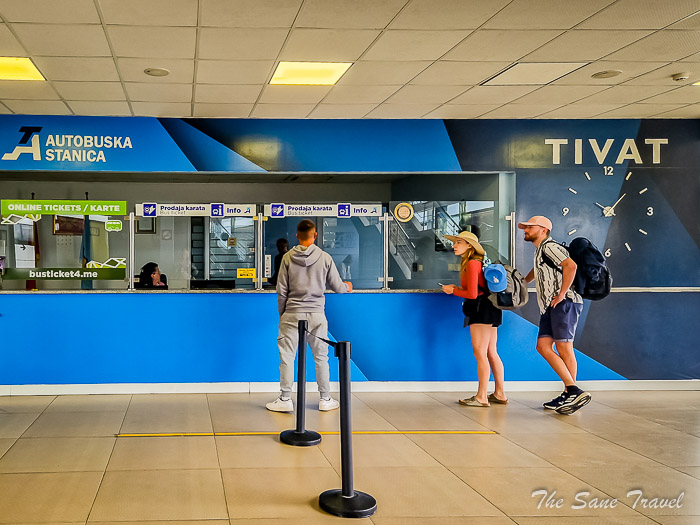
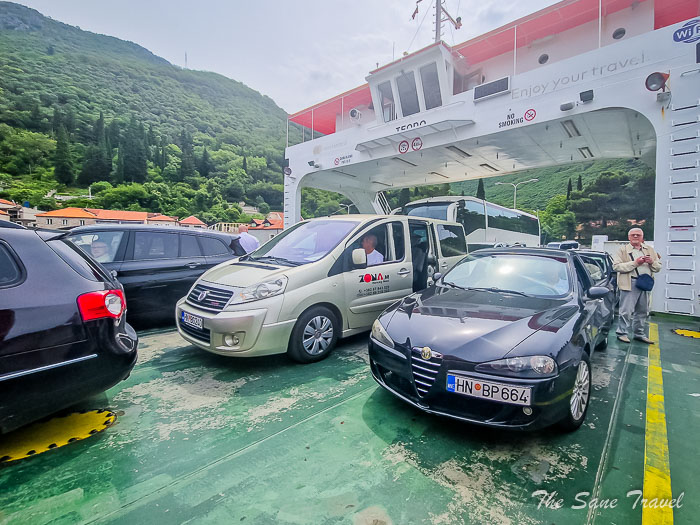
Where to go from Herceg Novi
Dubrovnik and Kotor are located 50 kilometres from Herceg Novi, both featuring impressive architecture and historic city walls.
Disclaimer: This article is based on my press trip experience to Herceg Novi. I was kindly invited by the Tourism organisation of Herceg Novi. As always, all opinions and thoughts are my own. I had a great time and I wish you the same! Happy travels!
Like it? Pin it!
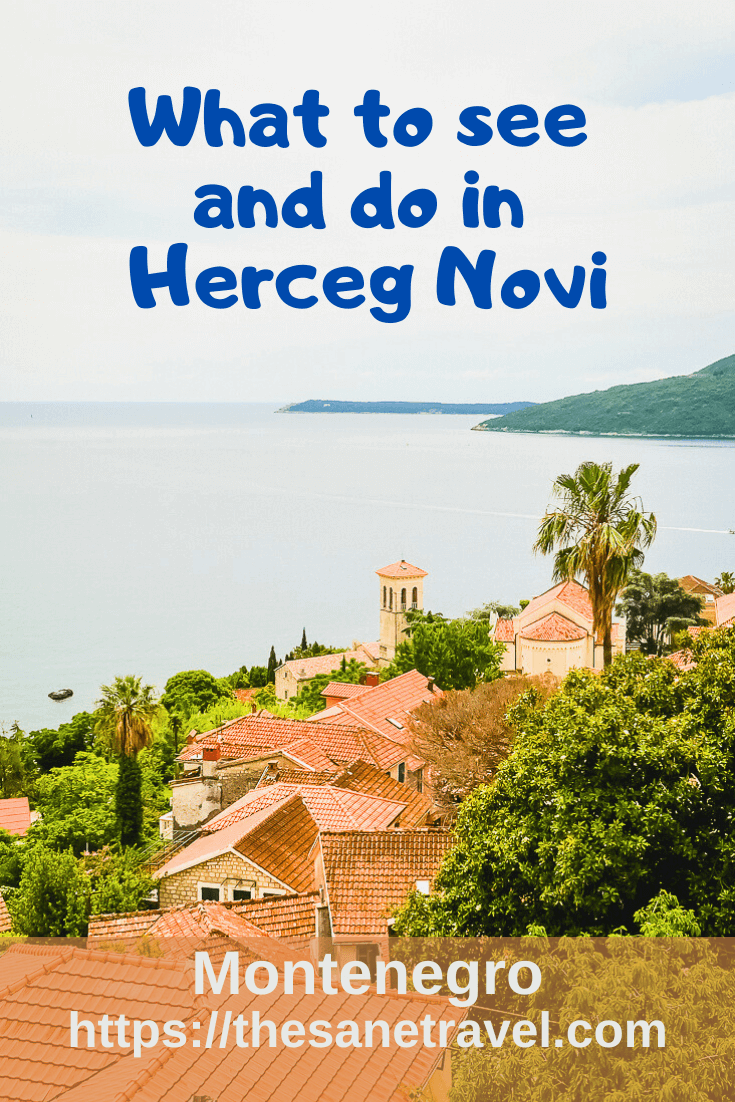
What did you think? Have you visited Herceg Novi? I would love to hear from you, so please add your comment below.
Author: Anita Sane

About the author
Anita is a part-time traveller, passionate photographer and a retired career woman from Latvia, travelling mostly solo for more than 15 years. She is a skilled travel planner who plans and executes her travels by herself. Anita wants to show you how to travel the world and open your mind to new experiences. Follow her on Facebook, Instagram, Pinterest, Twitter and Bloglovin.

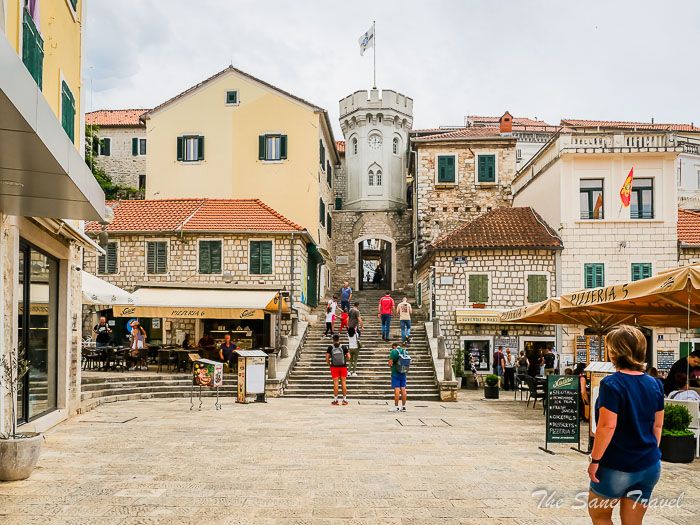
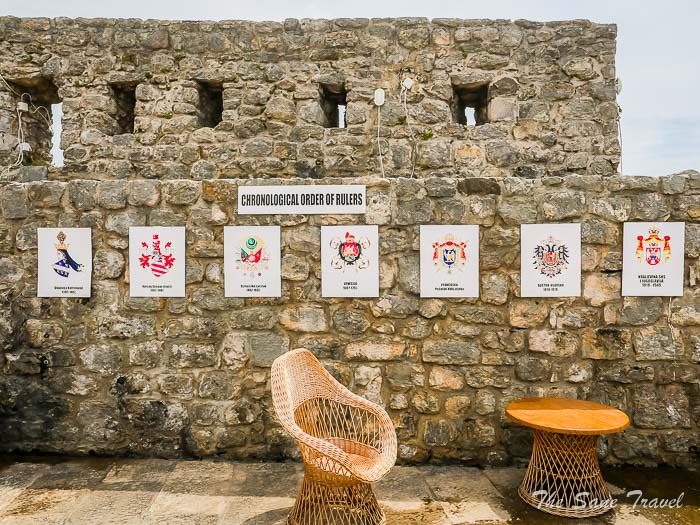
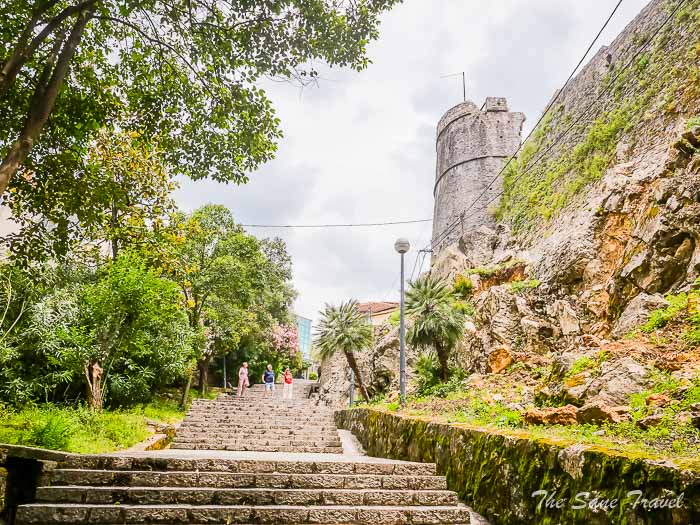
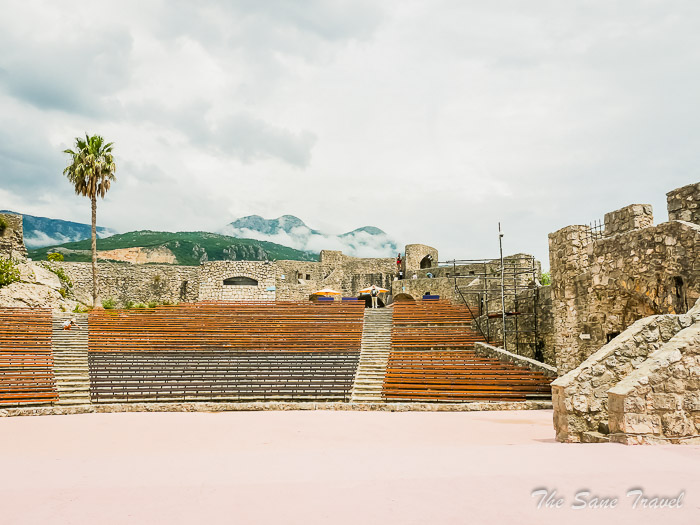
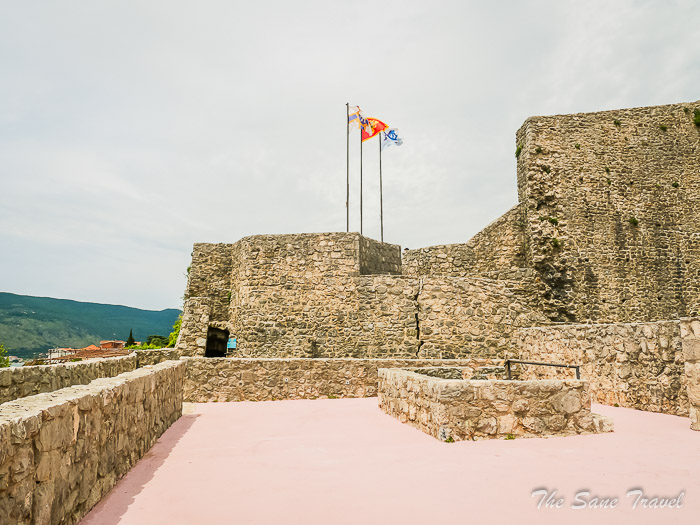
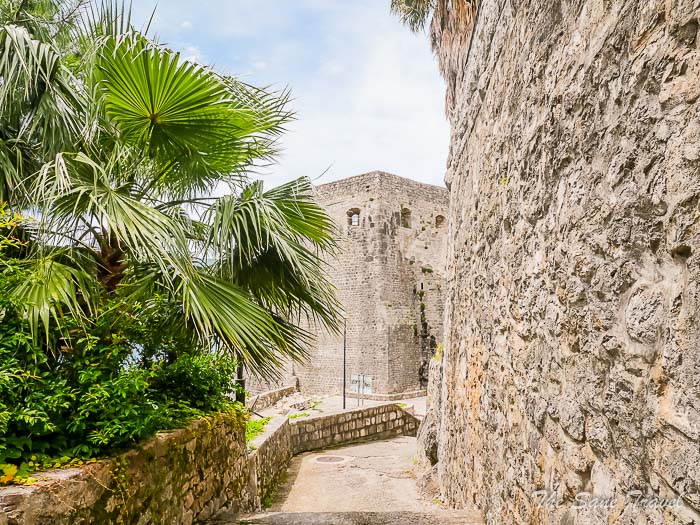
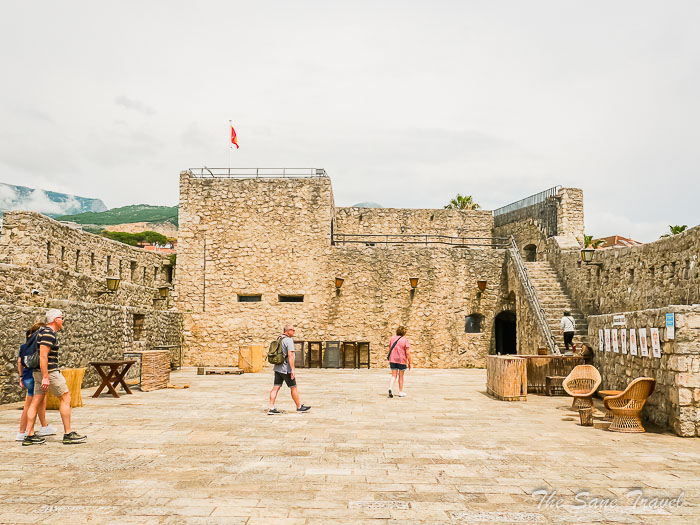
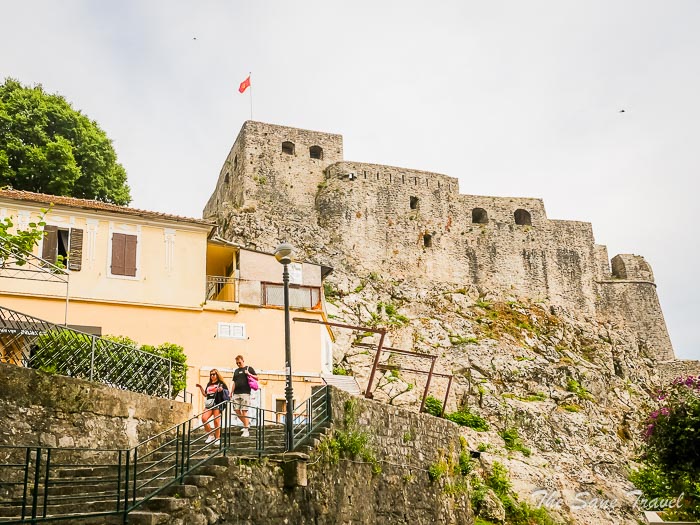
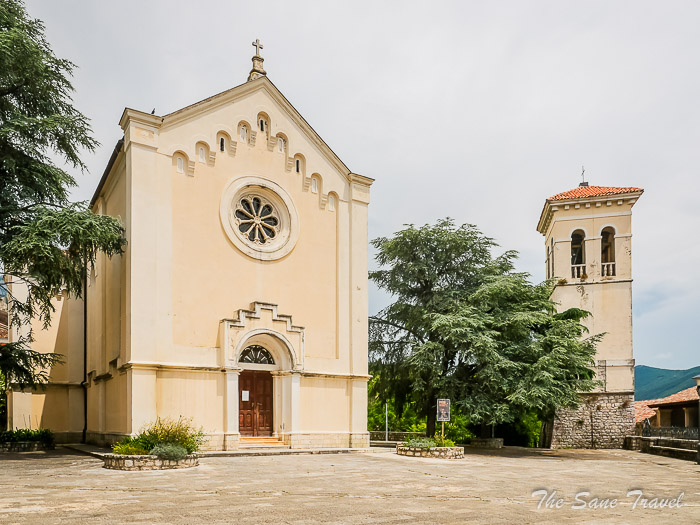
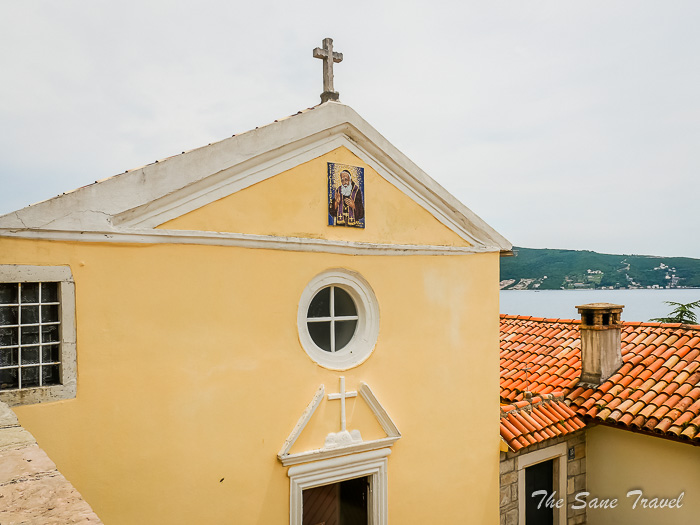
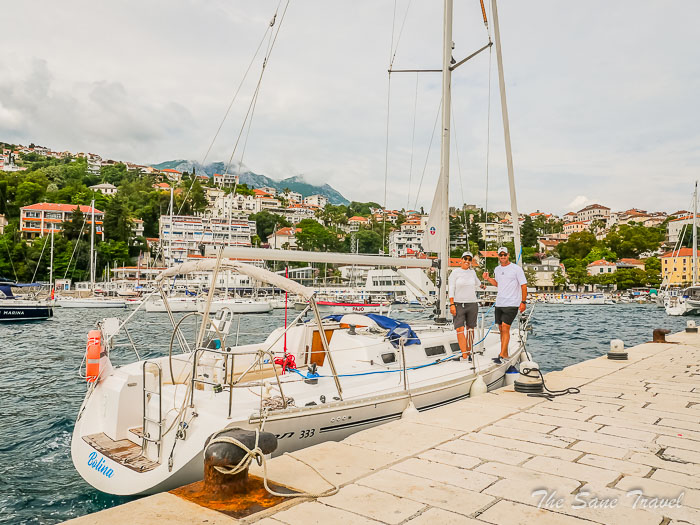
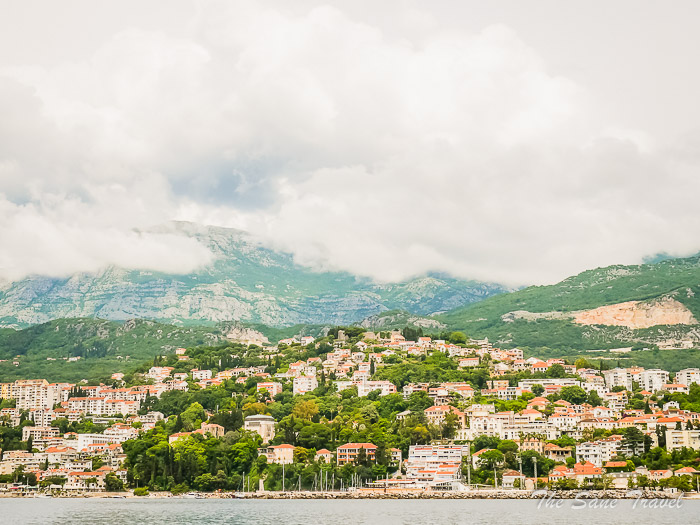
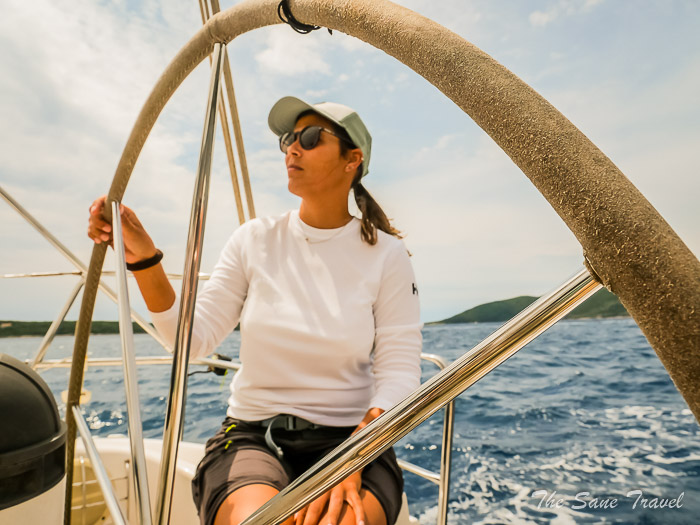
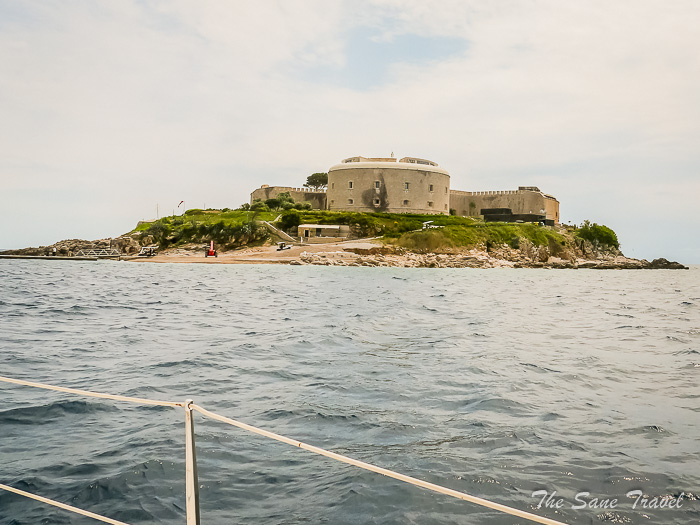
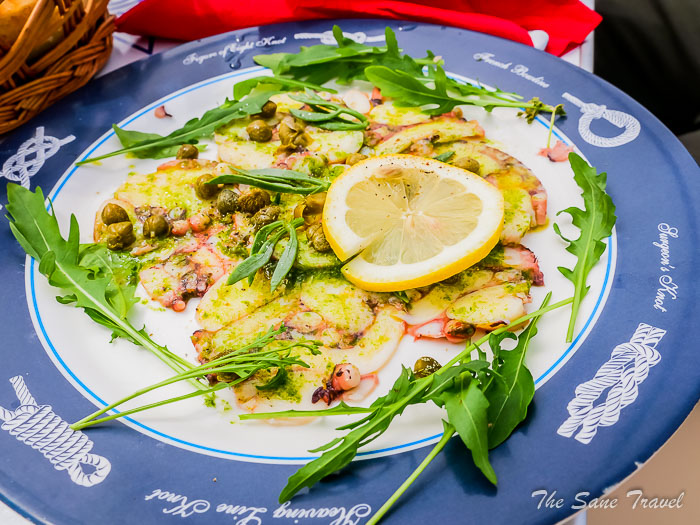
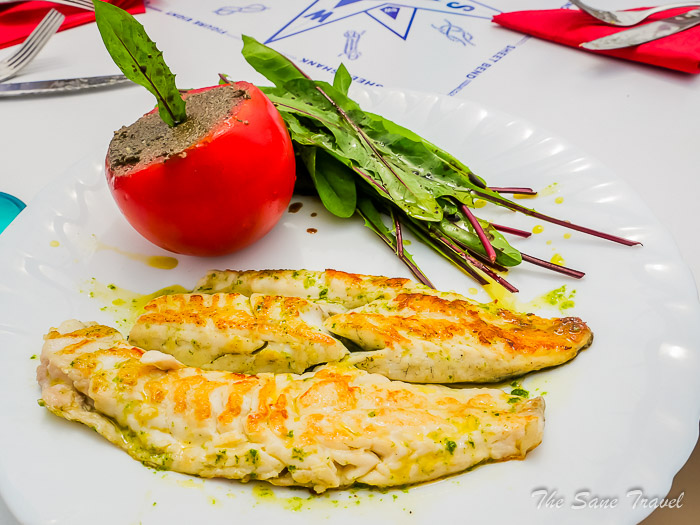
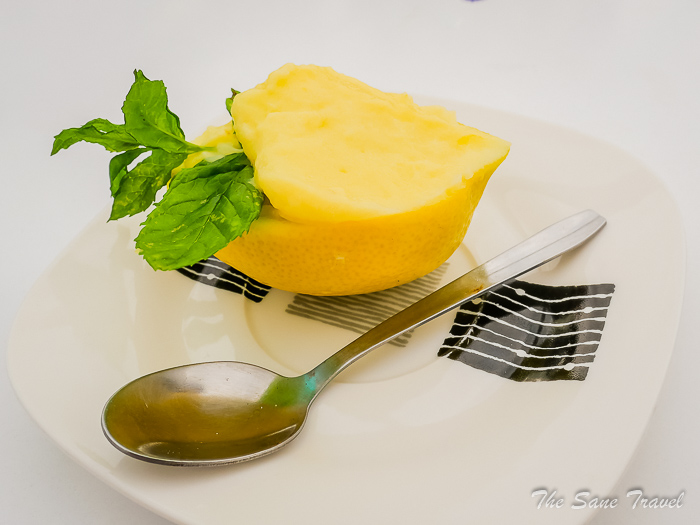
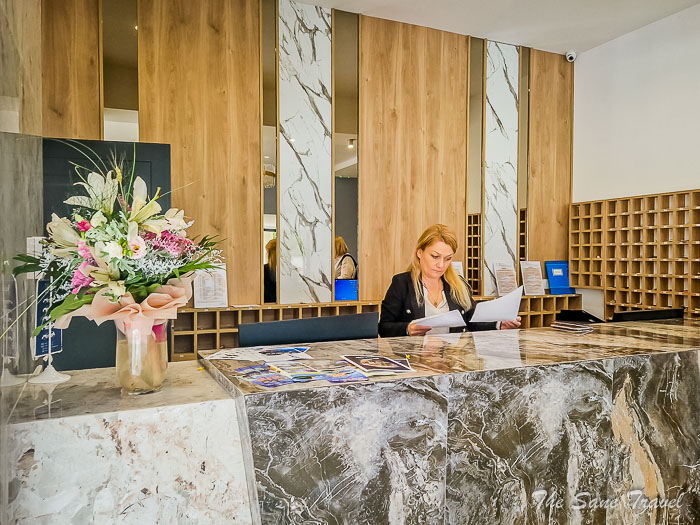
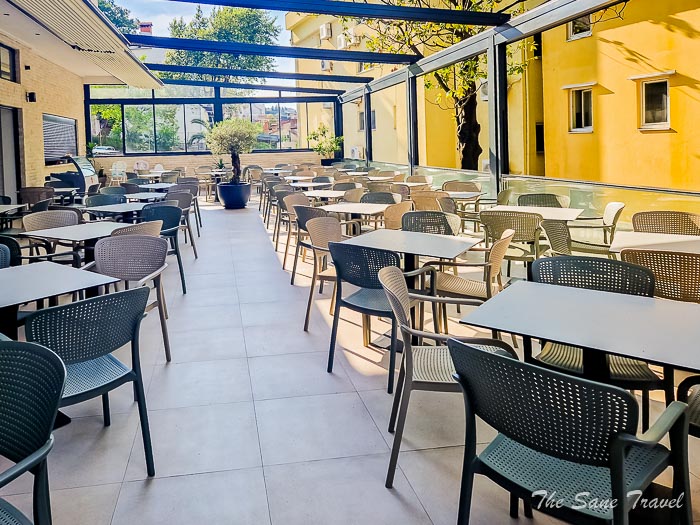
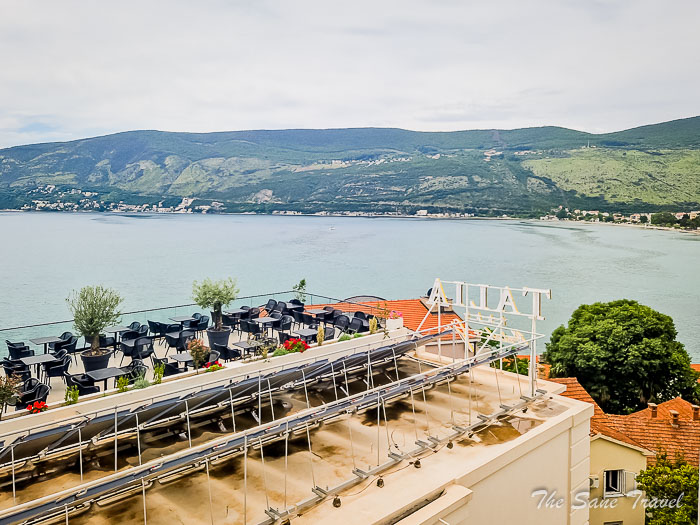
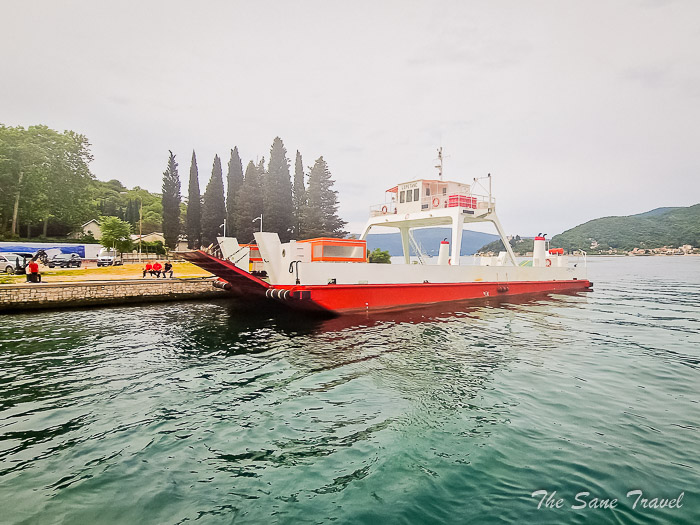
Report
My comments